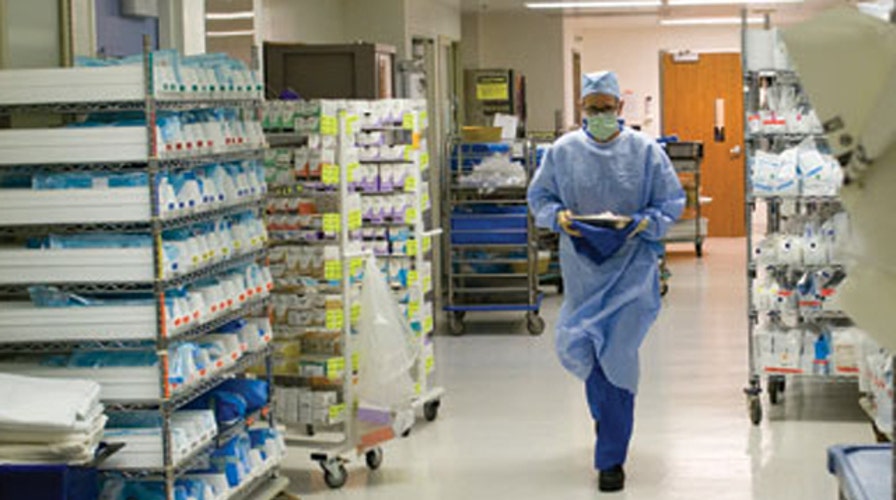CDC: Increase in 'superbug' across US
42 states reporting at least one patient suffering from the infection
Superbugs have come to the forefront of medical care in the United States and around the world, as they present a serious public health threat.
Specifically, carbapenem-resistant Enterobacteriaceae (CRE) are extremely resistant to antibiotics, specifically carbapenems, which are used to treat infections that are resistant to other types of antibiotics, and are often considered a last resort for treatment.
Enterobacteriaceae are commonly found as part of the normal flora in the guts of humans, and when they leave this environment, can cause serious infections.
Healthy individuals are typically not at an increased risk of acquiring CRE infections. But patients undergoing treatment in hospitals, especially those using temporary medical devices like catheters, or those with compromised immune systems do have higher risks for these infections. Studies show that people with bloodstream CRE infections have a 50 percent mortality rate.
Because CRE are not easily treated with typical antibiotics, new, high-dose antibiotics are necessary for treatment. CRE’s have an incredible ability to spread not only themselves, but the antibiotic resistance they possess. It’s this process that has health care and public health workers most concerned, as these hard-to-treat and sometimes untreatable infections can spread easily to healthy patients.
The Centers for Disease Control and Prevention (CDC) has started calling on hospitals to follow a “Detect and Protect” action plan. This plan enforces important infection control precautions, including grouping patients with CRE infections, and dedicating staff and other resources to these patients to prevent transmission.
Health care personnel must take extreme care when in contact with these patients and be vigilant about hand washing. Because CRE can be carried by patients from facility to facility, hospitals need to collaborate, communicate effectively and implement these action plans. Physicians should aim to remove temporary medical devices as soon as possible and prescribe antibiotics only after confirming the infection source.
Patients must also play an active role in reducing transmission by taking medications as prescribed and by washing their hands often. And they should request that anyone coming in contact with them wash their hands, too.
Finally, patients should be sure to tell their physicians if they have been hospitalized in another facility or country.
The good news is that CRE infections can be prevented and rates of infection can be reduced by following the above recommendations, which many health care facilities have already started to do.

